FUNDING CUTS IMPACT CT HUMANITIES: Help CT Humanities navigate recent funding cuts and continue our vital work across Connecticut. All donations made to CTH will be matched dollar-for-dollar up to $50,000. Donate today!
Now Viewing:
Updated
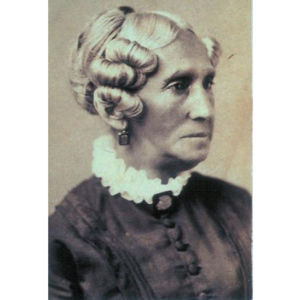
Sarah Harris Fayerweather
Sarah Harris Fayerweather was a Black activist and abolitionist who fought for school integration in the early 19th century.
Read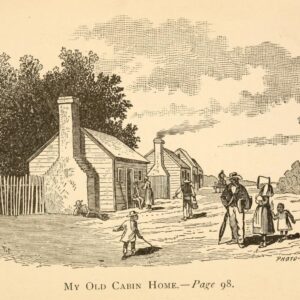
James Lindsey Smith Takes the Underground Railroad to Connecticut
James Lindsey Smith was one of many slaves who found freedom through the Underground Railroad network that included many stops in Connecticut.
Read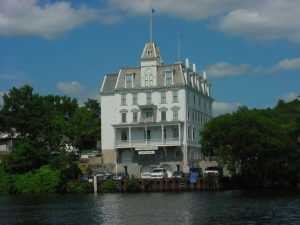
Goodspeed Opera House Opens – Today in History: October 24
On October 24, 1877, the Goodspeed Opera House on the Connecticut River in East Haddam officially opened to the public.
Read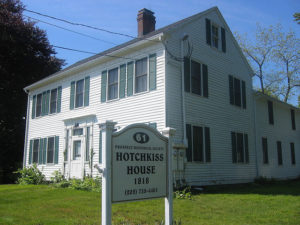
Prospect’s David Miles Hotchkiss and the Free Soil Party
David Miles Hotchkiss was an educator, abolitionist, and public servant who served the town of Prospect throughout his entire life.
Read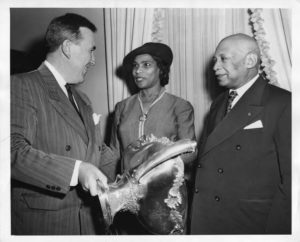
Marian Anderson’s Role in the Civil Rights Movement
Marian Anderson performed and traveled in segregated spaces and emerged as one of the great singers of the 20th century.
Read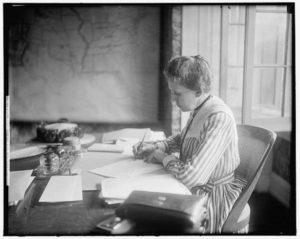
Ida Tarbell: The Woman Who Took On Standard Oil
Ida Tarbell became one of the most famous “muckraking” journalists in 19th century America, thanks largely to her investigation of the Standard Oil Company.
Read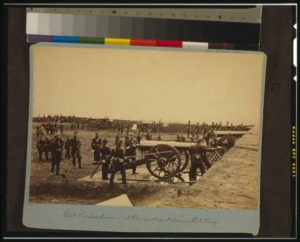
The Complicated Realities of Connecticut and the Civil War
The history of the Civil War surrounds Connecticut residents both in terms of its physical realities and in the lasting legacies of a complicated conflict.
Read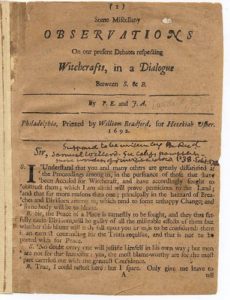
Accidental Shooting Leads to Witchcraft Conviction – Today in History: October 3
On October 3, 1651, Henry Stiles of Windsor was killed when the gun of Thomas Allyn, also of Windsor, accidentally discharged during a militia exercise.
Read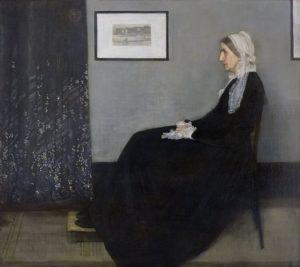
James Abbott McNeill Whistler: A Young Artist in Pomfret
As one of the most well-known American realist painters of the late 19th century, James Abbott McNeill Whistler has intrigued art history enthusiasts for over a century.
Read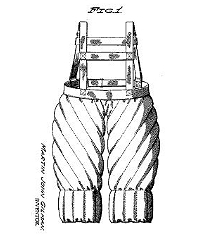
Connecticut Patents
From the time the federal government first began issuing patents in 1790, Connecticut was a national leader in patenting its abundant innovations.
Read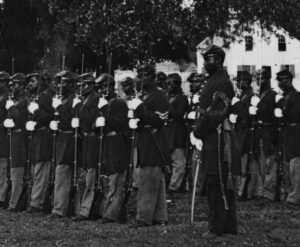
29th Connecticut Colored Infantry Regiment
The state’s first African American regiment of the Civil War distinguished itself by battling Confederate forces and 19th-century prejudices.
Read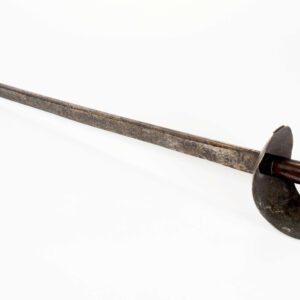
Middletown’s Nathan Starr Supplied Cutlasses for the War of 1812
On May 18, 1808, the Navy Agent Joseph Hull of New London negotiated a contract with Nathan Starr of Middletown for 2,000 cutlasses.
Read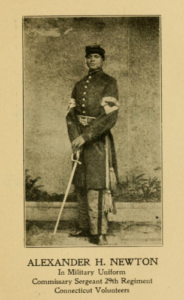
Connecticut 29th Mustered into Service – Today in History: March 8
On March 8, 1864, the state’s first African American regiment, the Connecticut Twenty-Ninth (Colored) Regiment, C.V. Infantry, mustered into service to fight for the Union’s cause in the Civil War.
Read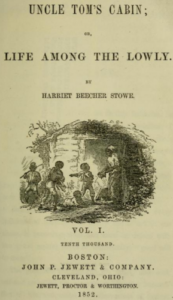
Uncle Tom’s Cabin Begins Serialization – Today in History: June 5
On June 5, 1851, the first chapter of what became the landmark novel Uncle Tom’s Cabin appeared in the National Era, an anti-slavery newspaper in Washington, DC.
Read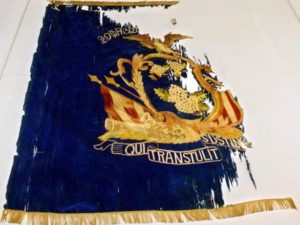
The 29th Connecticut Colored Infantry Regiment Leaves for War – Today in History: March 19
On March 19, 1864, the 29th Connecticut Colored Infantry Regiment was preparing for deployment to the South to fight in the Civil War.
Read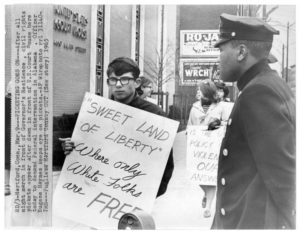
Hartford Protests in Support of Selma – Today in History: March 9
On March 9, 1965, protesters held an all-night vigil in front of Governor John Dempsey’s residence in support of the voter registration marchers in Selma, Alabama.
Read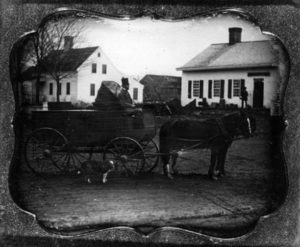
Yankee Peddlers
Yankee peddlers were a common sight in the Connecticut countryside in the mid-19th century.
Read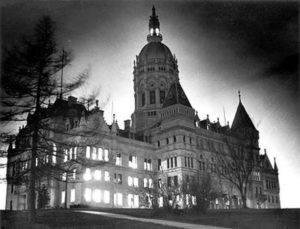
Connecticut State Capitol
Still in use today, the State Capitol continues to be a crucial site of lawmaking, state business, protest, advocacy, and more.
Read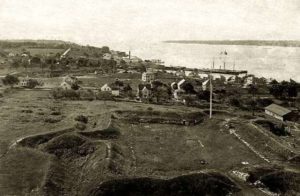
The Battle of Groton Heights at Fort Griswold
East of the Thames River, on Groton Heights, Fort Griswold stands commanding the New London Harbor and the surrounding countryside.
Read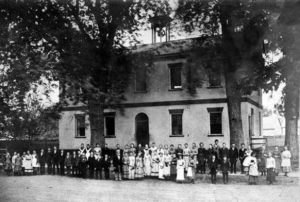
Wethersfield Academy
In the mid-17th century, Connecticut was considered the most literate place on earth, primarily due to the early Puritans’ insistence that everyone be able to read and write.
Read
The USS Nautilus: The World’s First Nuclear Submarine
On January 21, 1954, First Lady Mamie Eisenhower launched the world’s first nuclear submarine at the General Dynamics Shipyard in Groton.
Read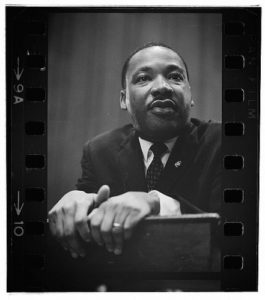
Dr. Martin Luther King Jr’s Time in Connecticut
In the summer of 1944, a young Martin Luther King Jr. worked at the Simsbury tobacco farm of Cullman Brothers, Inc.
Read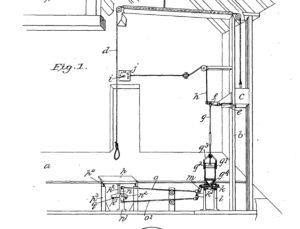
The Automatic Gallows – Today in History: June 18
On June 18, 1895, Jabez L. Woodbridge of Wethersfield patented an automated gallows.
ReadMore Articles




